
MSI is more known for their gaming notebooks, monitors, and PC components, they have been offering a powerful pre-built in the form of their Trident series for several years now.
We’re taking a look at the latest iteration of the Trident series: the MSI Trident X Plus. This time around, the compact pre-built comes with more powerful innards such as an Intel 9th Generation Intel Core i7-processor and an NVIDIA RTX 20 series video card.
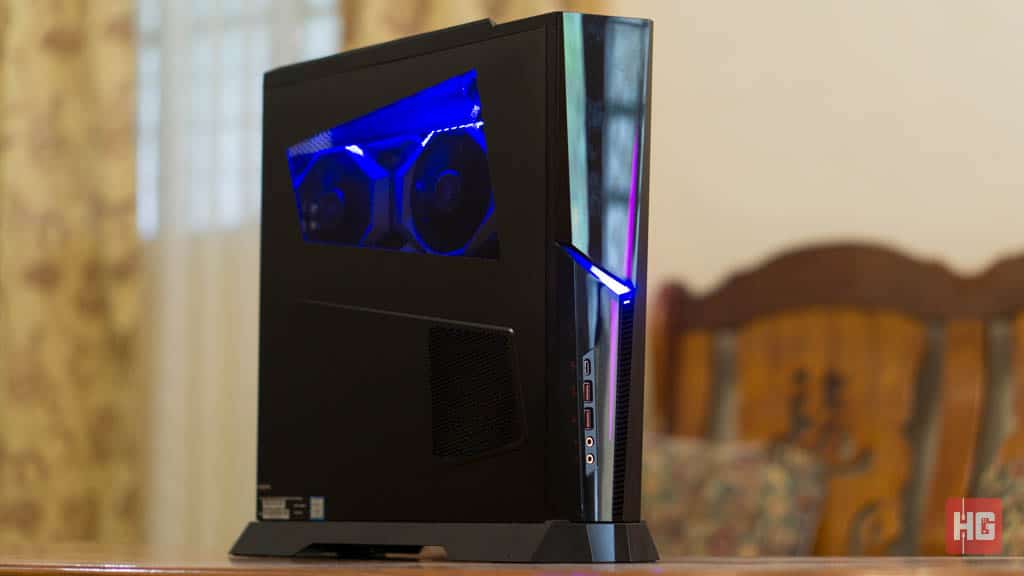
| Processor | Intel Core i7-9700K |
| Graphics | NVIDIA GeForce RTX 2080 |
| Motherboard | Intel Z390 |
| Memory | 16GB DDR4 2600MHz, 2x DIMM slots |
| Storage | 512GB SSD, 1TB 7200RPM HDD, 1x slot for 2.5-inch HDD/SSD |
| Connectivity | Intel Wireless AC-9462 Dual-Band + Intel I219-V LAN, Bluetooth 5.0 |
| Front I/O | 1x USB 3.1 Gen1 Type-C, 1x USB 3.1 Gen1 Type-A, 1x USB 2.0 Type-A, 1x Mic-in, 1x Headphone-out |
| Rear I/O | 2x USB 3.1 Gen2 Type-A, 2x USB 3.1 Gen1 Type-A, 2x USB 2.0, 1x DisplayPort, 1x HDMI, 1x RJ-45 Ethernet, 5x 3.5mm jack, 1x S/PDIF |
| PSU | 650W SFX 80 Plus Gold |
| Dimensions | 396.39 x 129.74 x 382.73mm (HxWxD) |
| Weight | 9.5kg |

The MSI Trident X Plus comes in a well-protected box with tons of foam inside. The device comes with a couple of accessories to make your life a bit easier. Inside the accessories box is a quick setup guide, a warranty card, a couple of screws and an extra SATA cable.
The Trident X Plus also comes with a tempered glass side-panel. All the equipment needed as well as a guide are included in the packaging. Changing the side panel is surprisingly easy and can be done in a couple of minutes.
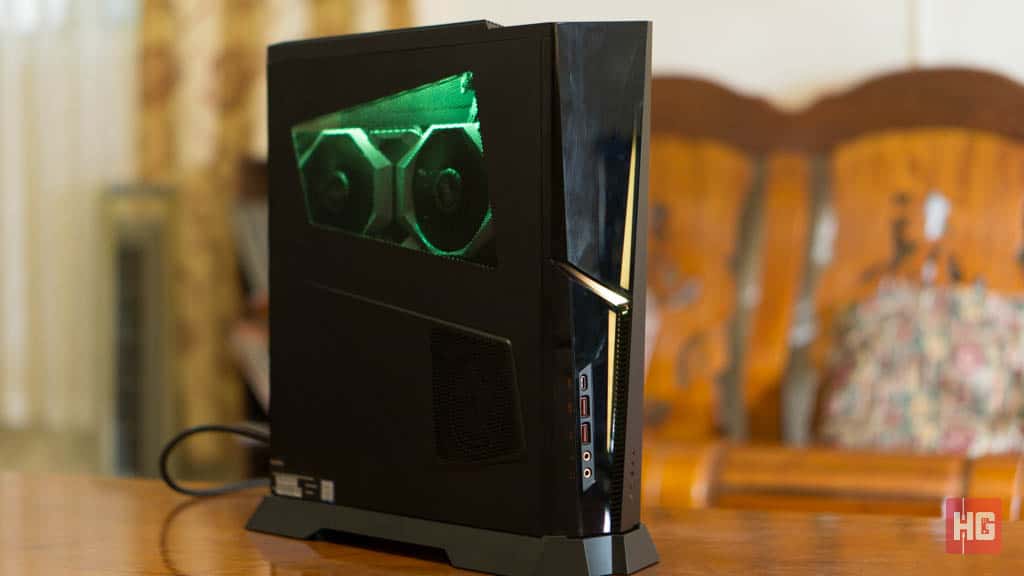
The chassis of the MSI Trident X Plus remains largely unchanged from its 2018 iteration. The 10-liter case is still slim measuring in at just 396.39 x 129.74 x 382.73 (HxWxD). Despite its small size, the pre-built still packs quite a bit of power inside.
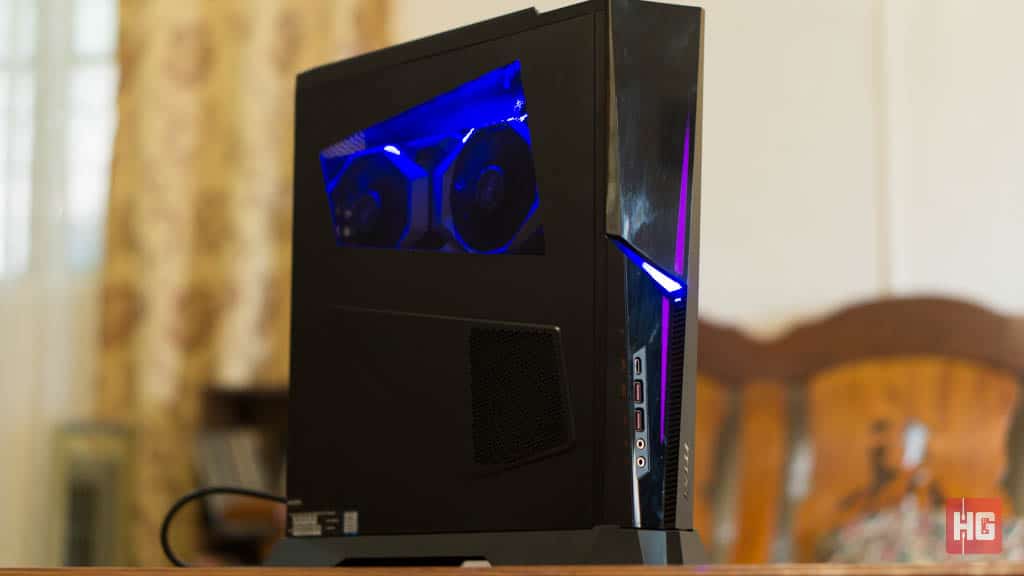
Though the case is thin, MSI has made sure that cooling is not compromised. Both side-panels have rather large mesh openings from where the GPU, CPU, and PSU can get cool, fresh air from the outside.
There’s a large vent at the top of the chassis. This allows hot air from the inside to properly exhaust. Just beside the top opening is an unmistakable power button for the system.
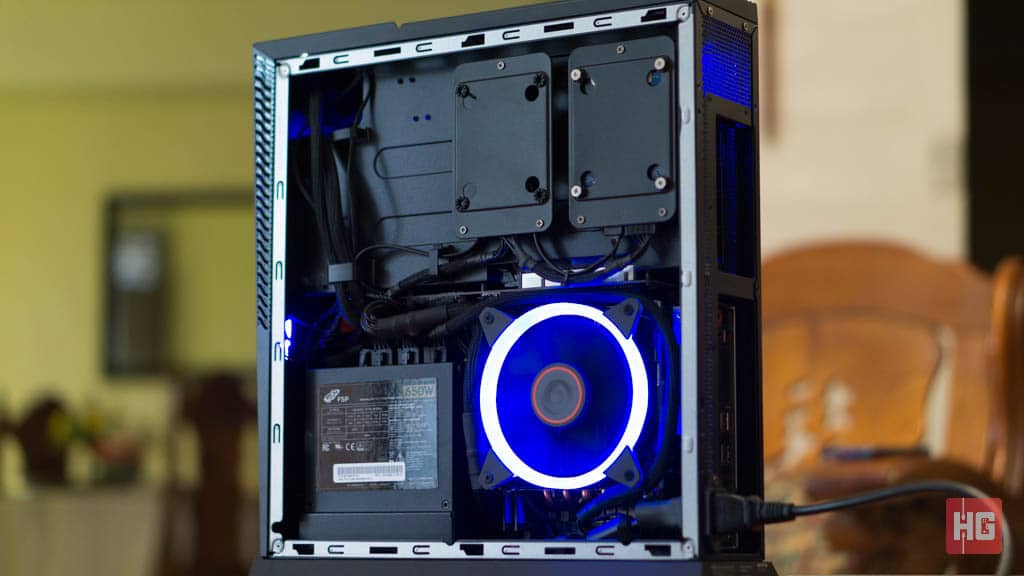
Opening the right-hand side panel reveals just how much MSI was able to fit in the Trident X Plus. The Intel Core i7-9700K resides on the brand’s own MSI Z390 Gaming Edge AC Mini-ITX motherboard.
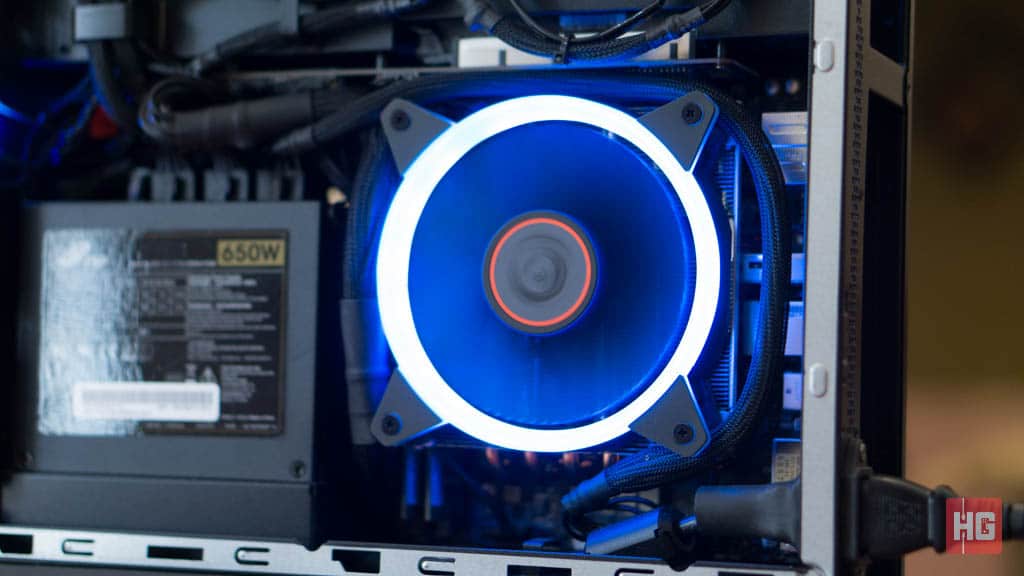
The processor is able to pump out quite a bit of heat. Thankfully, MSI has equipped the system with a proper ITX heatsink with a 120mm RGB fan. This should allow the processor to keep relatively cool even in heavy workloads.
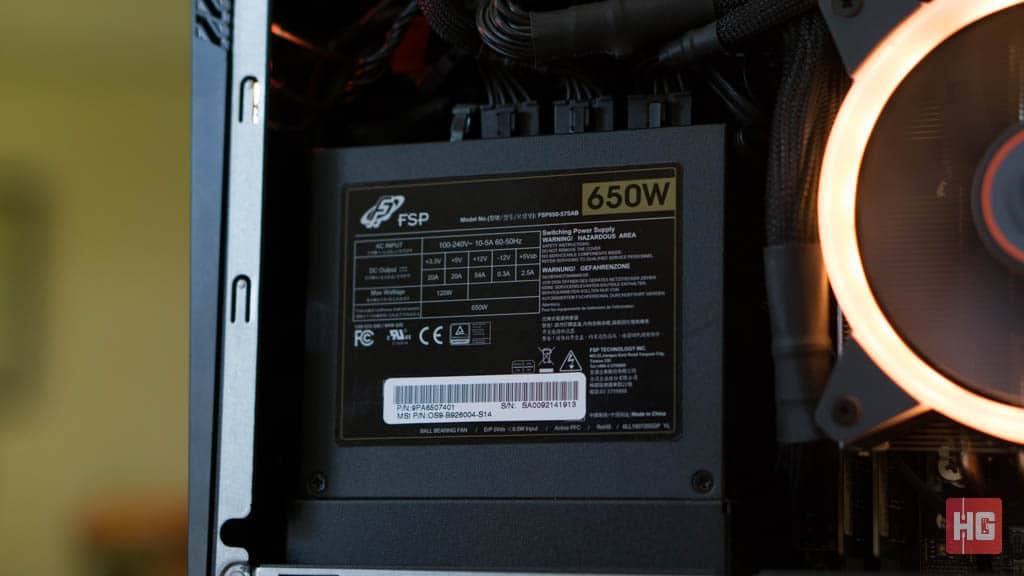
Just beside the CPU heatsink is the system’s power supply. MSI hasn’t skimped on the essentials since the Trident X Plus is packing an FSP 650W SFX 80 Plus Gold power supply. Kudos to MSI for using a reputable power supply for the system.
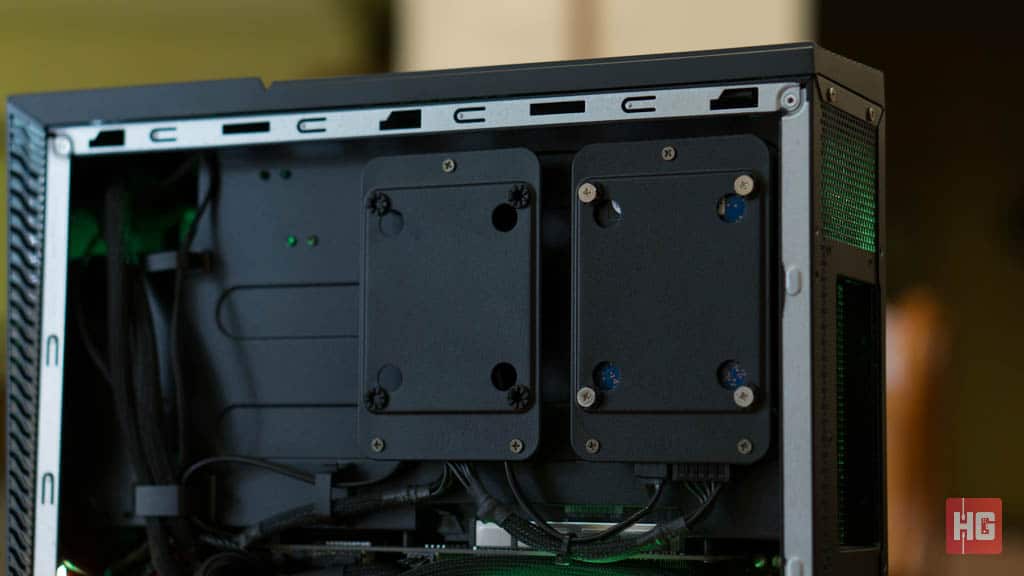
At the top of the PSU and the motherboard tray are two drive bays for 2.5-inch HDDs. One of them is already populated by a 1TB Travelstar 7K1000 HDD. You can place another drive on the other tray since MSI has included the mounting screws on the packaging.
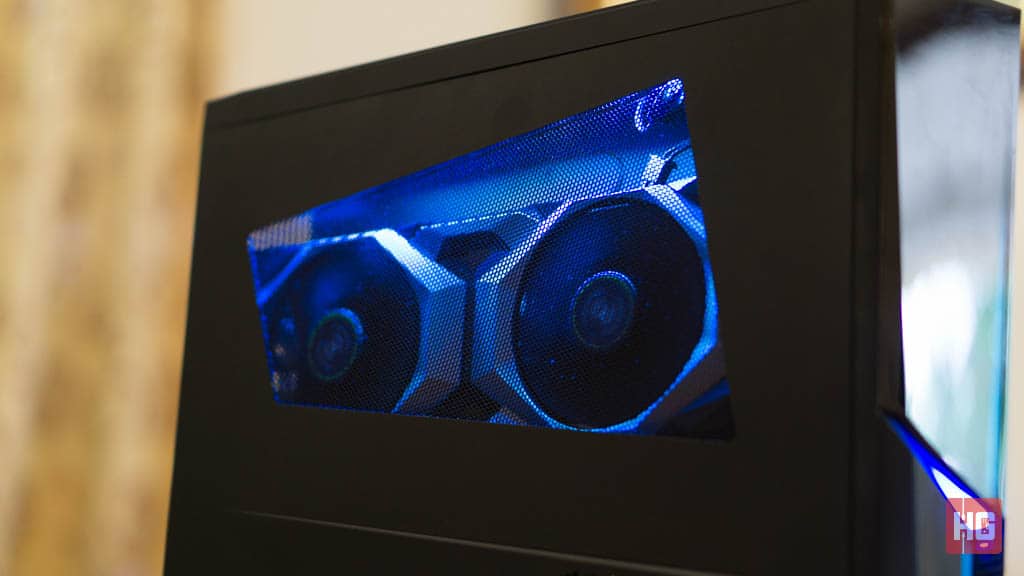
Peeking through mesh window of the left-hand side panel is an MSI RTX 2080 Super Ventus XS. MSI has made sure that proper airflow goes through the card by placing it just beside the mesh vent. The video card is also near the top exhaust for optimize cooling while playing.
Like most of MSI’s gaming peripherals, the MSI Trident X Plus does come with RGB lighting that’s compatible with their Mystic Light environment. The system glows at the front as well as in the GPU and CPU vents.
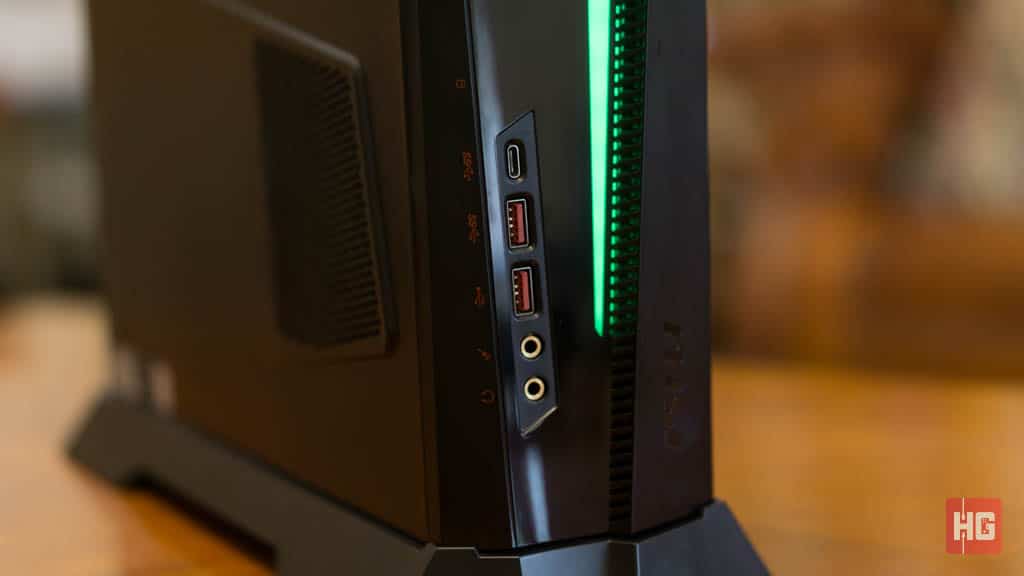
Ports on the MSI Trident X Plus comes aplenty. Near the bottom of the front of the case are one USB 3.1 Gen1 Type-C, one USB 3.1 Gen1 Type-A, a single 1x USB 2.0 port, as well as two 3.5mm audio jacks for headphones and microphone.
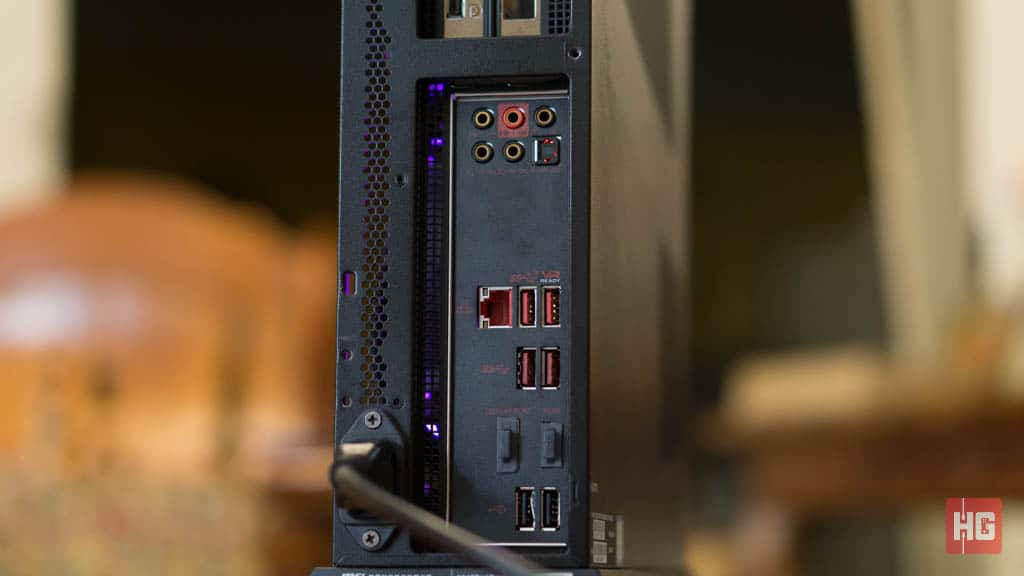
The MSI Z390 Gaming Edge AC adds a few more connectivity at the back. At the bottom are two USB 3.1 Gen2 Type-A ports, two USB 3.1 Gen1 Type-A connections, two more USB 2.0 ports, and a single RJ-45 Ethernet port.
A DisplayPort and HDMI ports have been thrown in just in case you need to plug in a monitor via processor’s GPU. Five 3.5mm audio jacks as well as an S/PDIF connection has been included for additional audio.
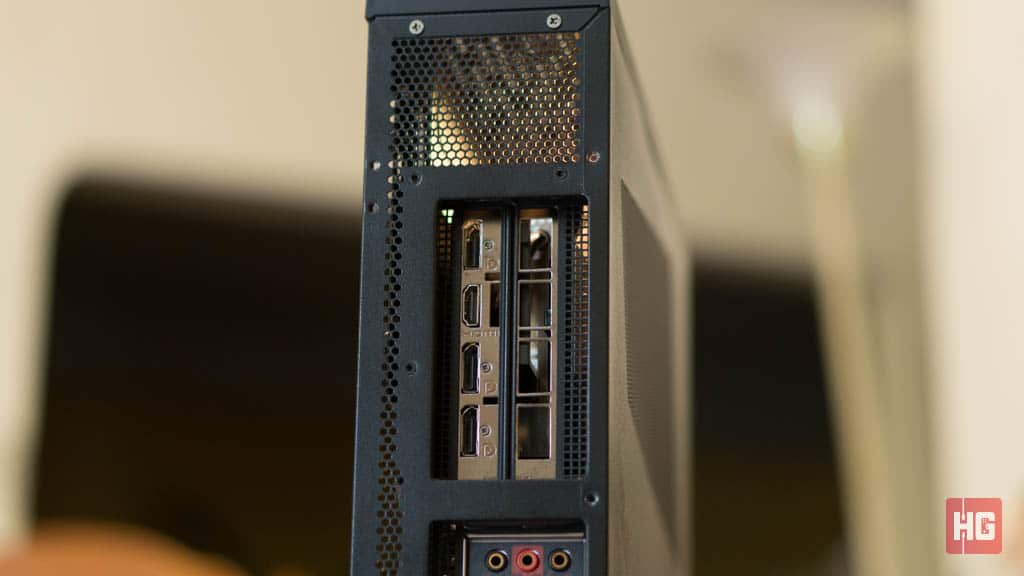
The MSI RTX 2080 Super Ventus XS comes with three DisplayPort 1.4 connections as well as a single HDMI 2.0b port.
The MSI Trident X Plus automatically ships with the brand’s MSI Dragon Center. This allows you to easily control the performance of the system. Hardware monitoring as well as seamless update check are also available making it a one-stop shop for the system.
As mentioned, the MSI Trident X Plus is compatible with Mystic Light. Three zones are available for customization. Each zone is independent from each other allowing you to experiment with different lighting modes.
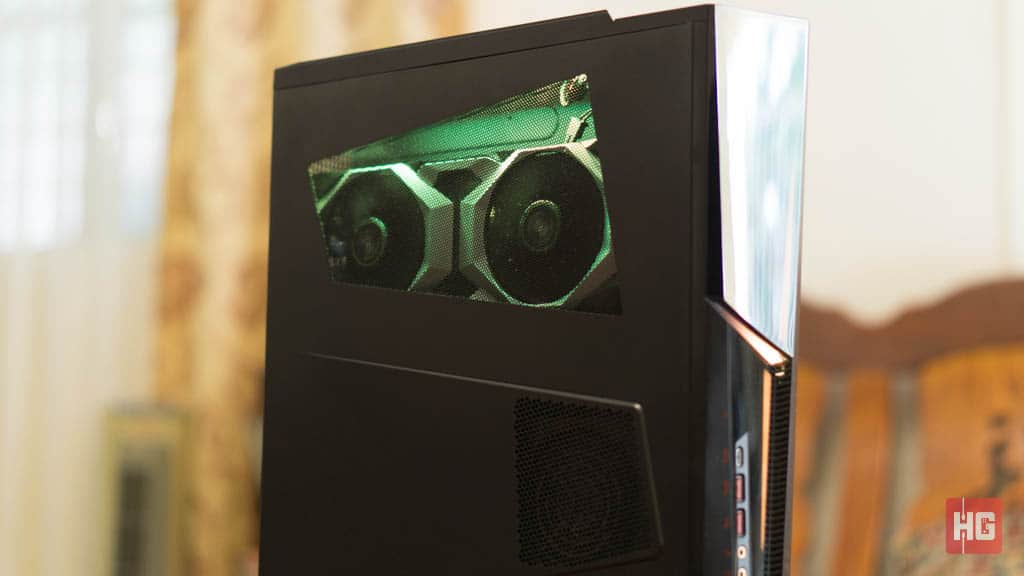
As usual, we put the MSI Trident X Plus through a battery of games and synthetic benchmarks in order to see what kind of performance the system can provide.
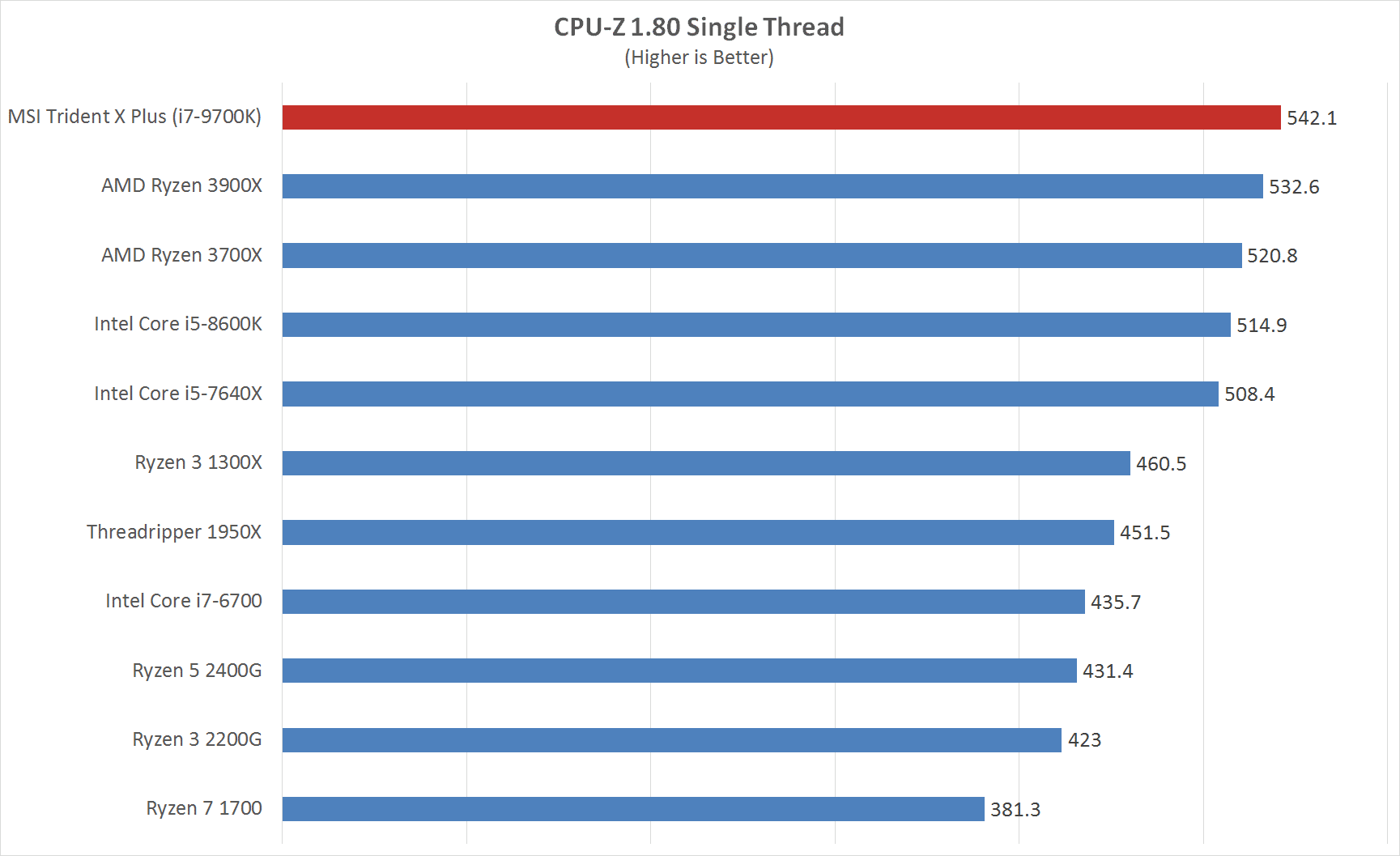

“CPU-Z is a freeware that gathers information on some of the main devices of your system such as processor name and number, codename, process package, cache levels, mainboard and chipset, as well as memory type, size, timings, and module specifications. It also offers real time measurement of each core’s internal frequency and memory frequency.”
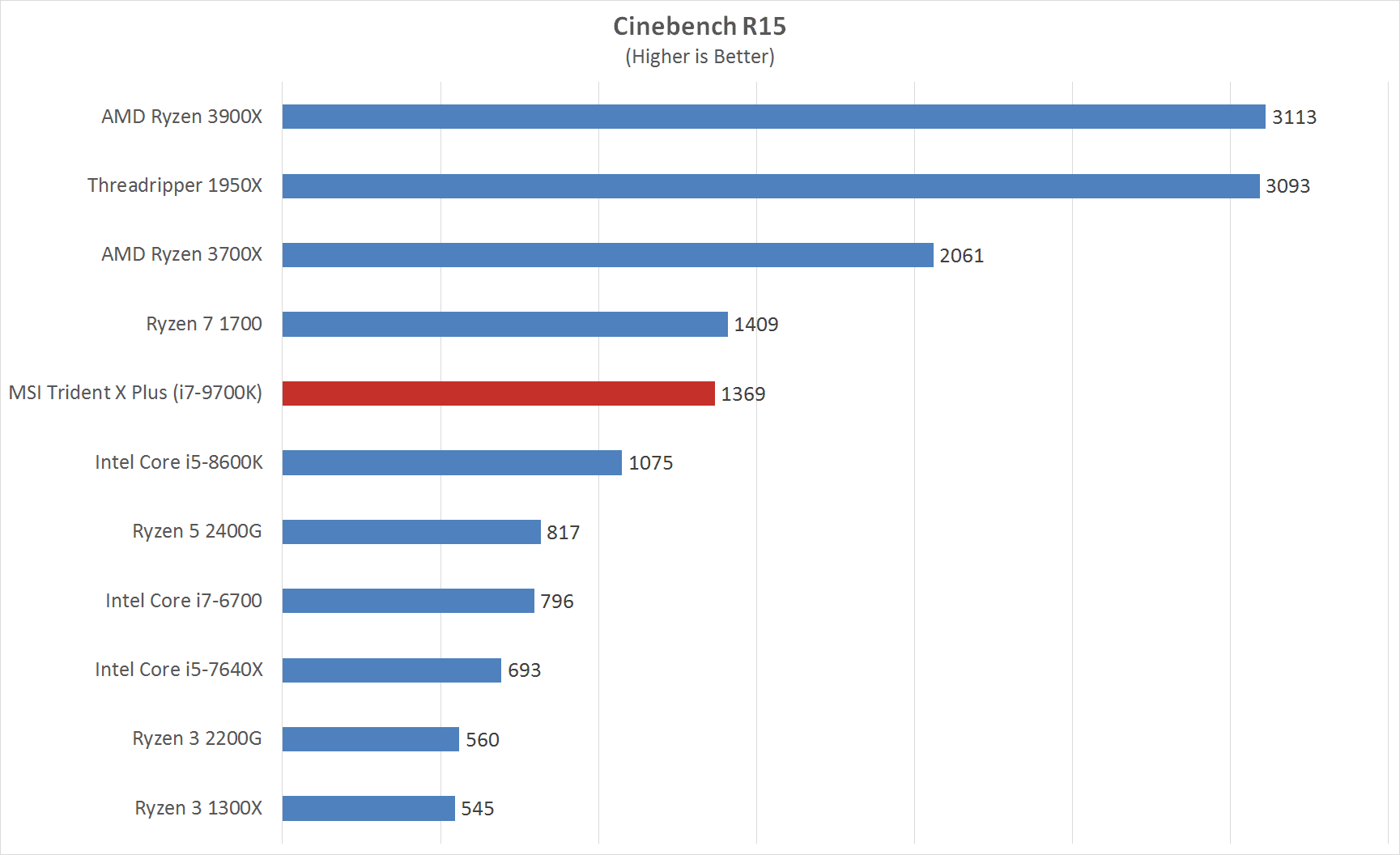
“Cinebench R15 CPU test scenario uses all of your system’s processing power to render a photorealistic 3D scene. This scene makes use of various algorithms to stress all available processor cores. In fact, CINEBENCH can measure systems with up to 256 processor threads.This test scene contains approximately 2,000 objects which in turn contain more than 300,000 polygons in total, and uses sharp and blurred reflections, area lights, shadows, procedural shaders, antialiasing, and much more. The result is displayed in points (pts). The higher the number, the faster your processor.”
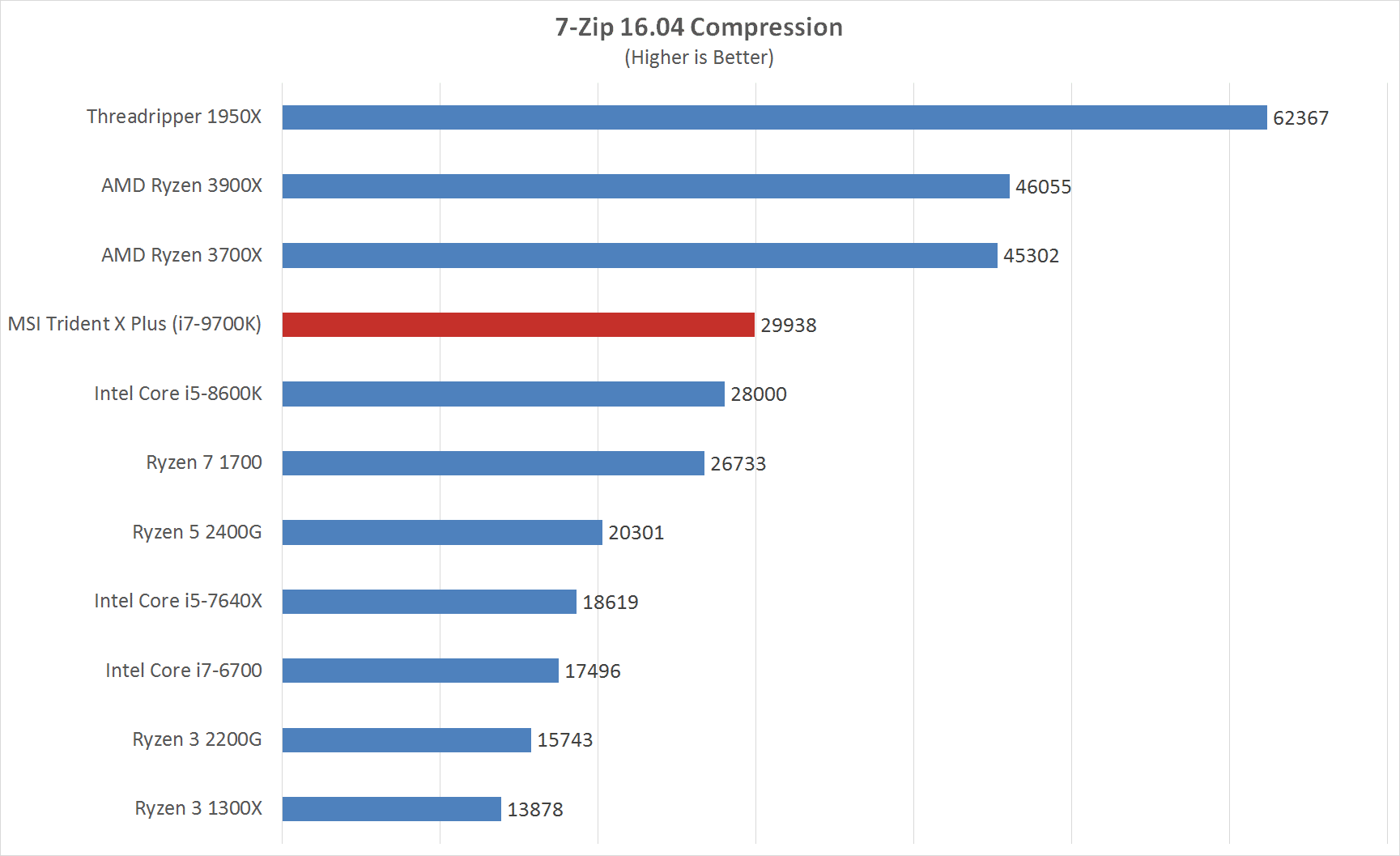

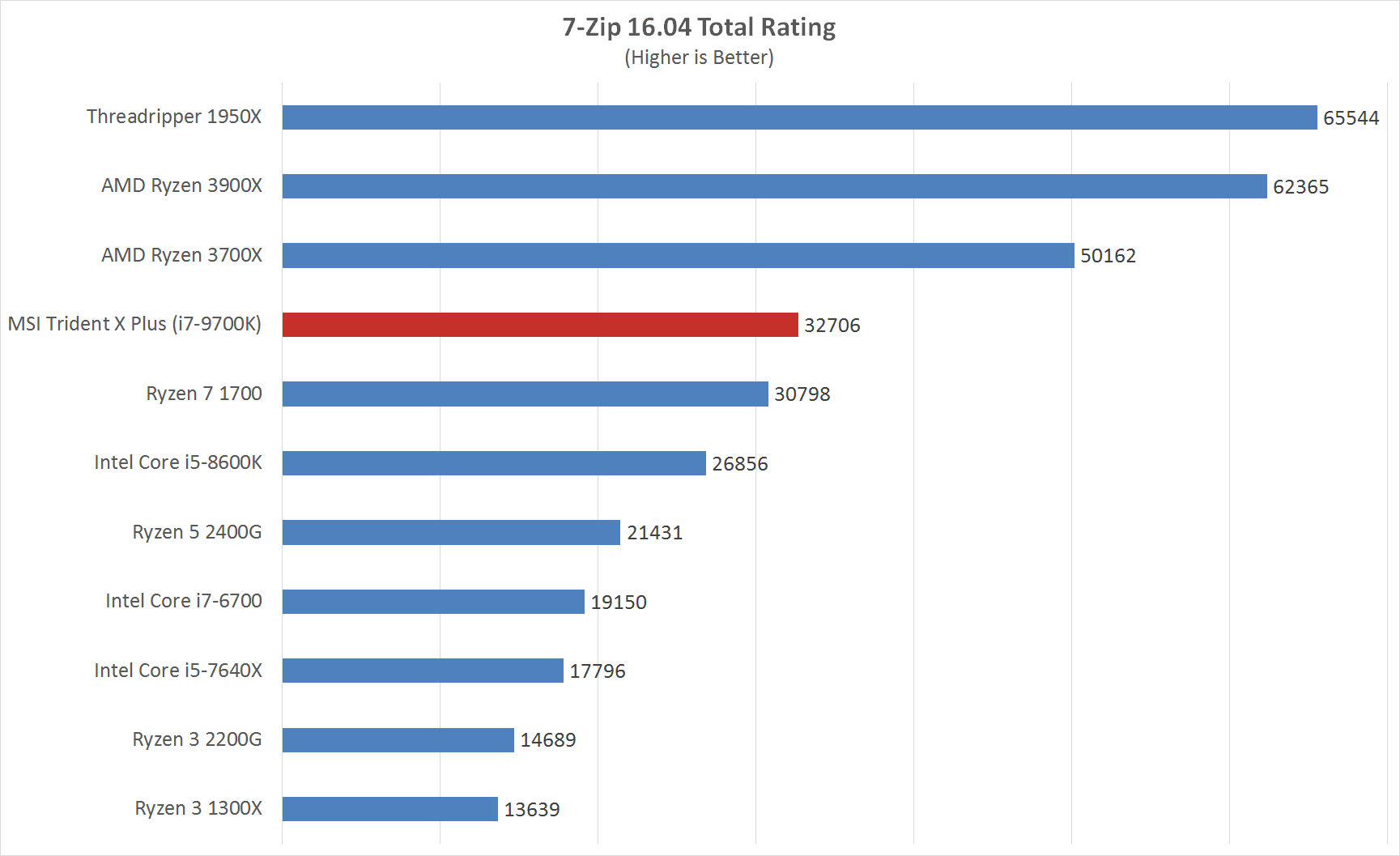
“7-Zip is a file archiver with a high compression ratio for ZIP and GZIP formats, which is between 2 to 10% better than its peers, depending on the exact data tested. And 7-Zip boosts its very own 7z archive format that also offers a significantly higher compression ratio than its peers—up to 40% higher.”

“wPrime is a leading multithreaded benchmark for x86 processors that tests your processor performance by calculating square roots with a recursive call of Newton’s method for estimating functions, with f(x)=x2-k, where k is the number we’re searching, until Sgn(f(x)/f'(x)) does not equal that of the previous iteration, starting with an estimation of k/2. It then uses an iterative calling of the estimation method a set amount of times to increase the accuracy of the results. It then confirms that n(k)2=k to ensure the calculation was correct. It repeats this for all numbers from 1 to the requested maximum.”
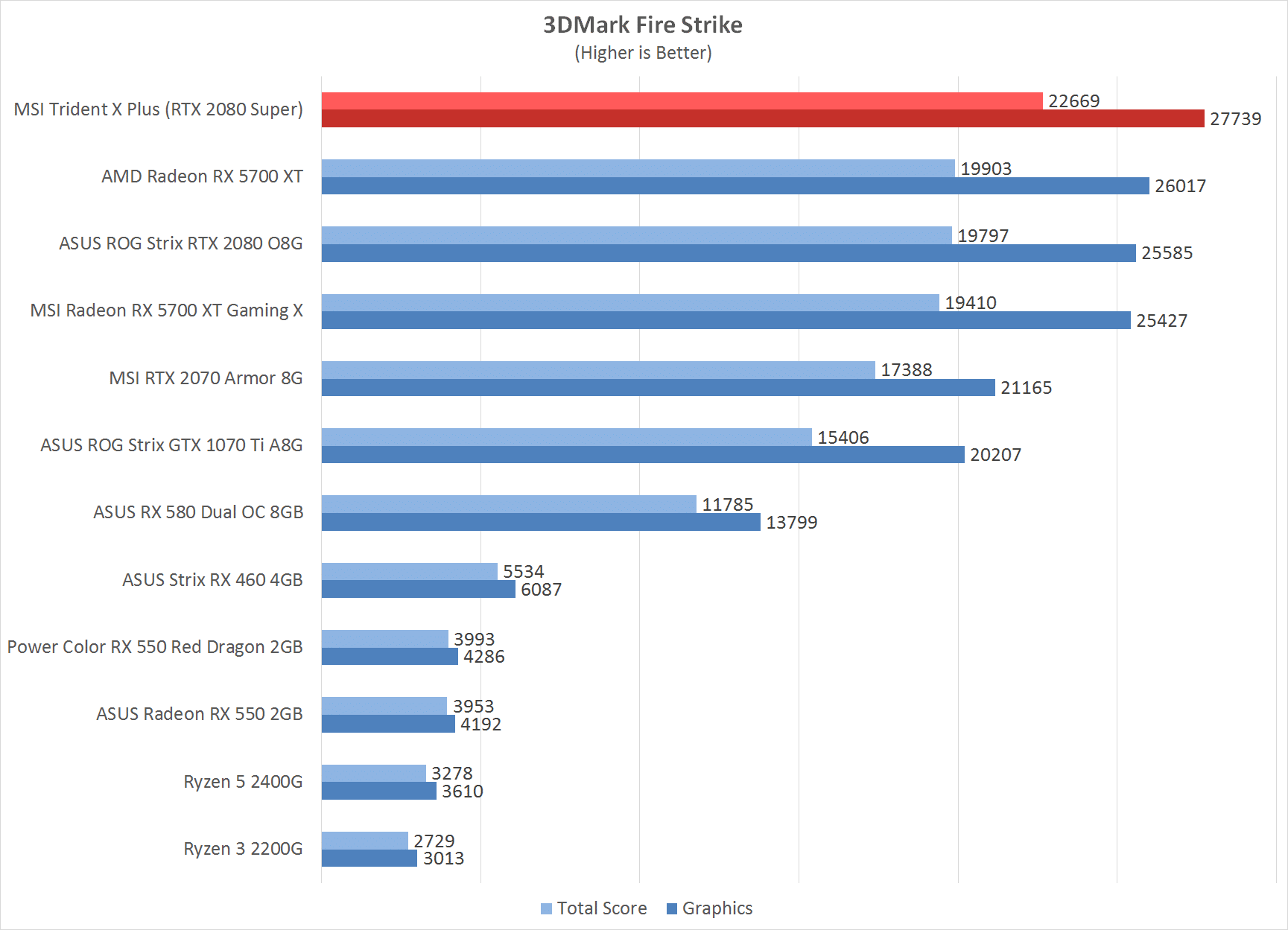
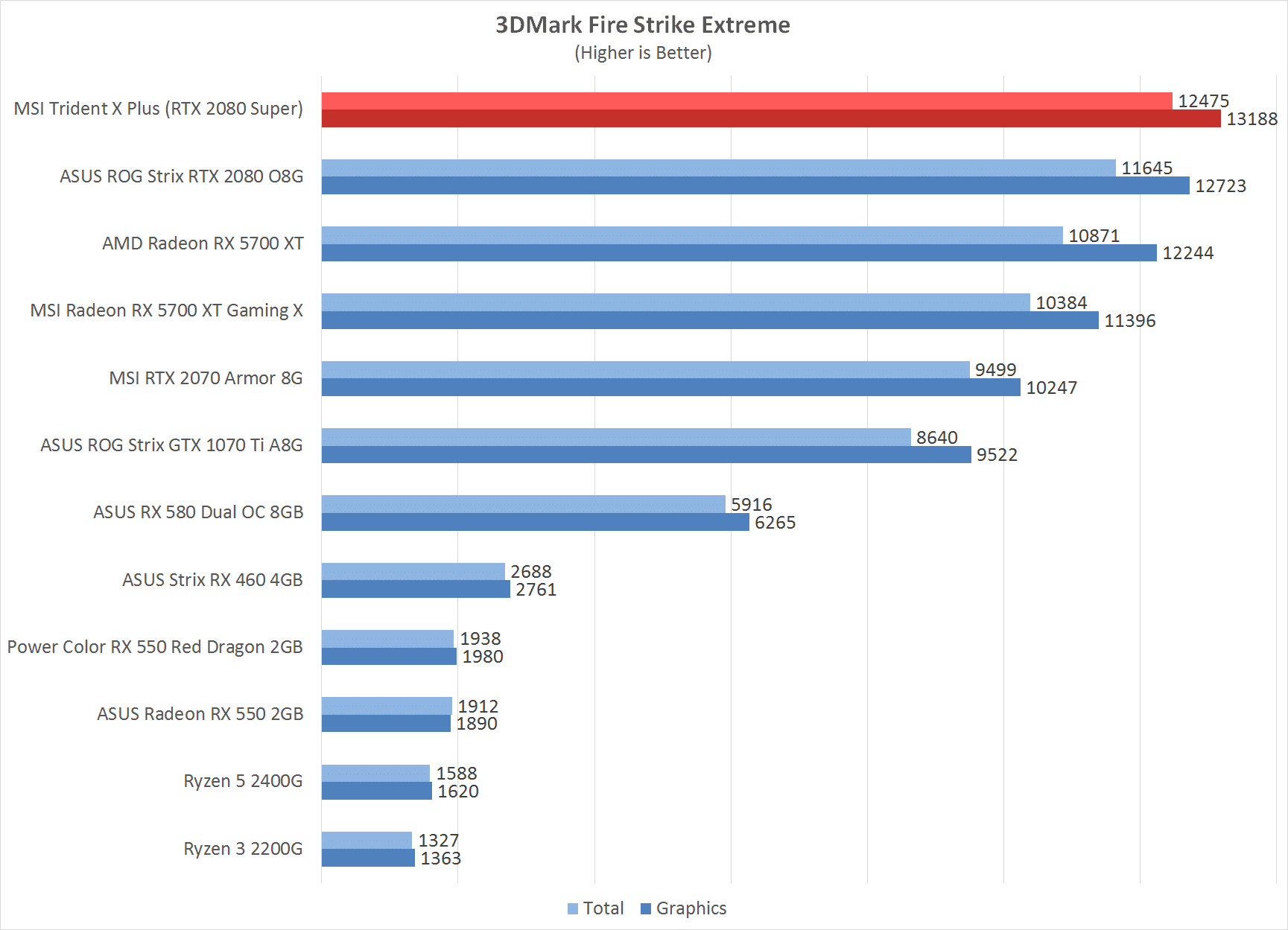
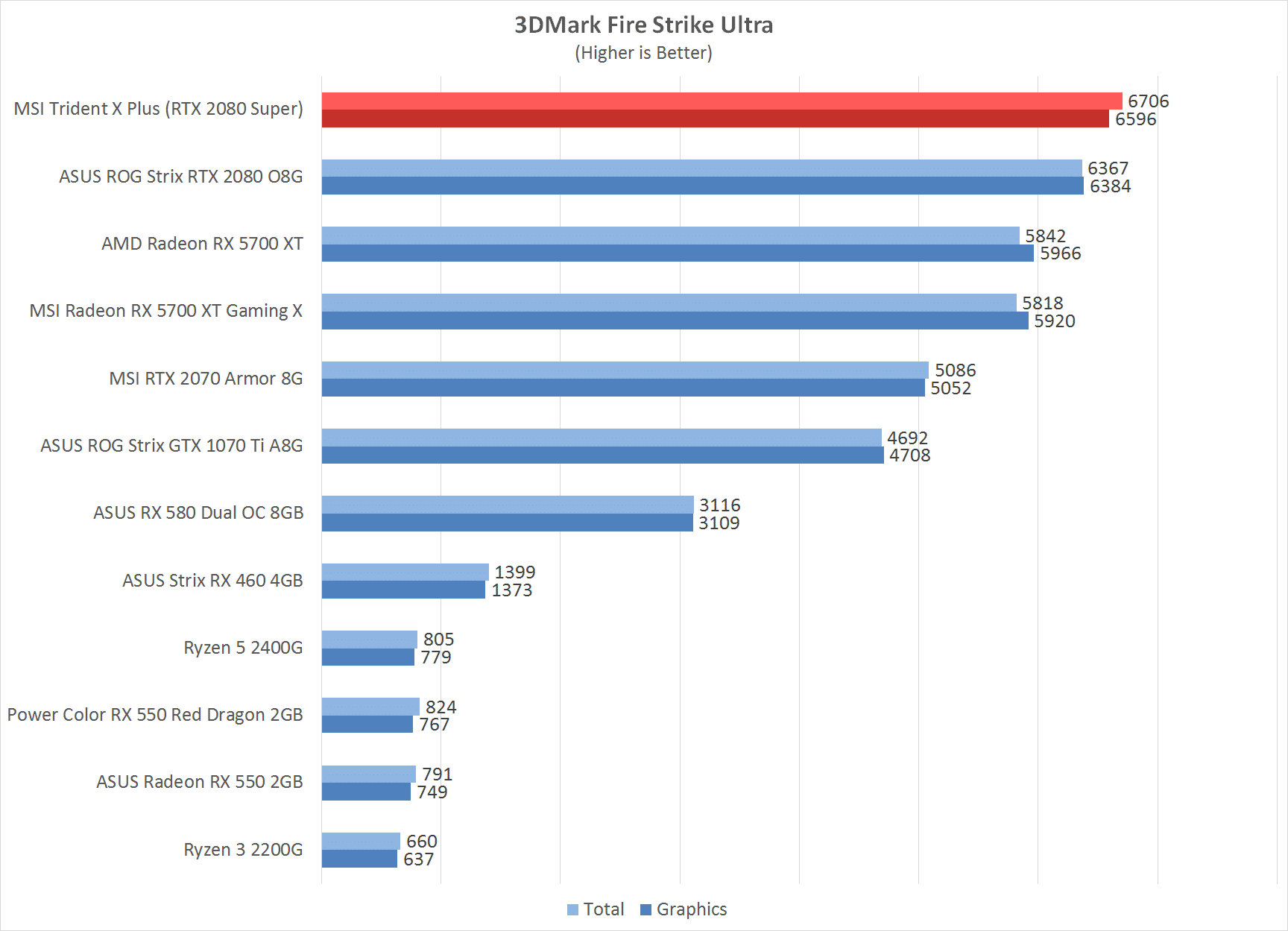
“Designed to showcase the DirectX 11 API, the Futuremark 3DMark Firestrike became a standard in benchmarking as it not only tests the capabilities of the GPU, but also the capabilities of the whole system for a complete stress test.”
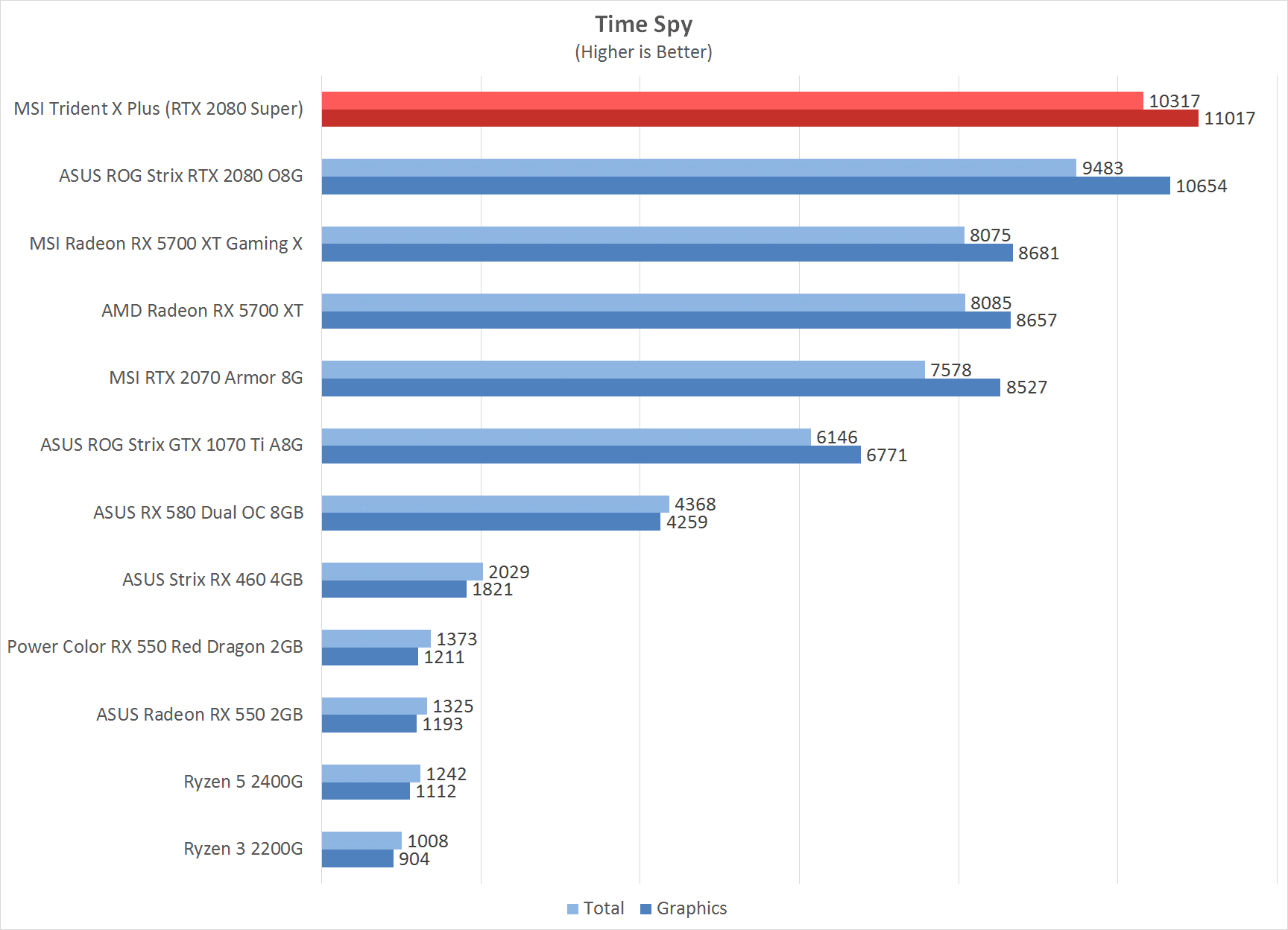
“With its pure DirectX 12 engine, built from the ground up to support new API features like asynchronous compute, explicit multi-adapter, and multi-threading, Time Spy is the ideal benchmark for testing the DirectX 12 performance of modern graphics cards.”
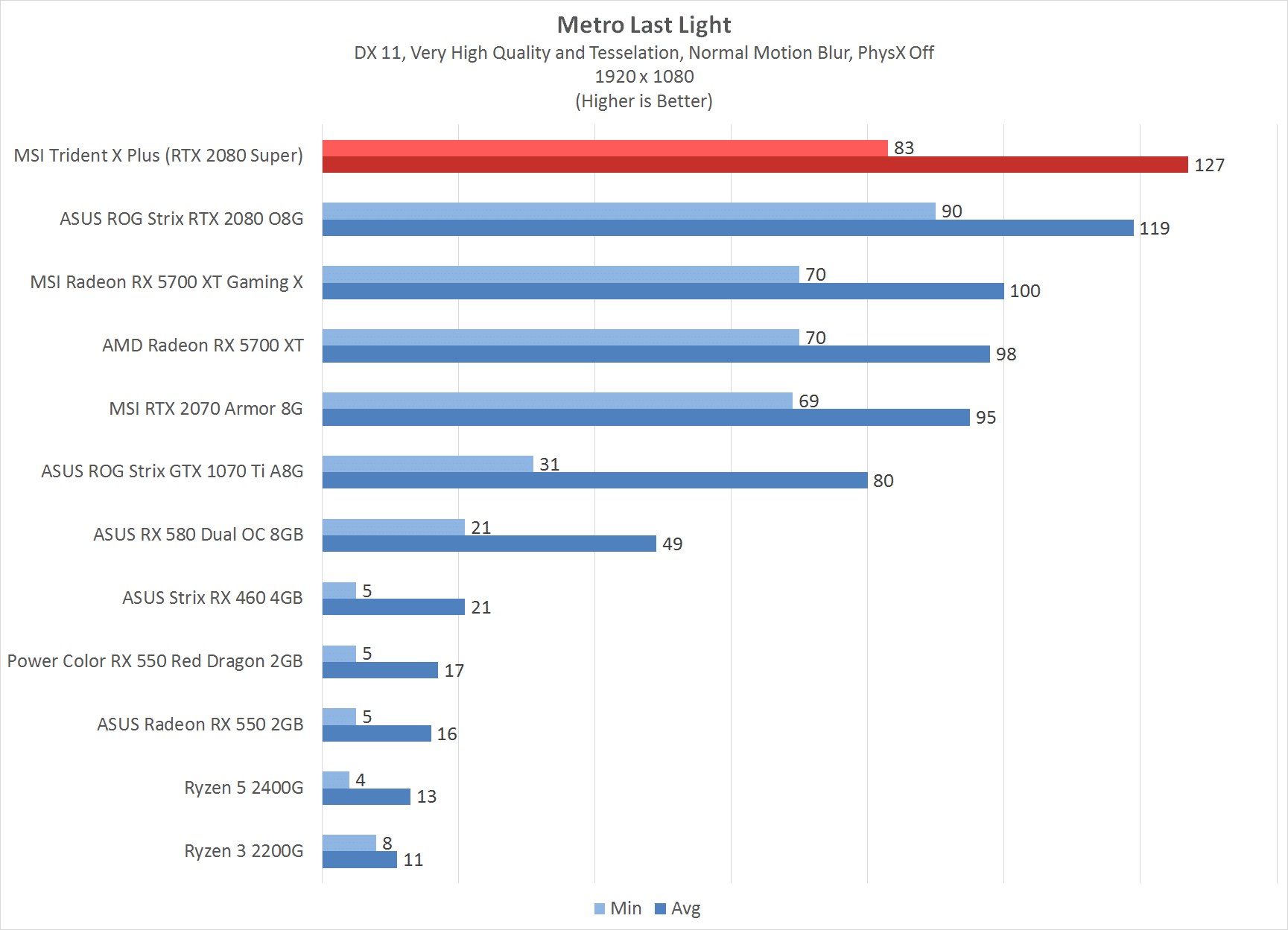

“It is the year 2034. Beneath the ruins of post-apocalyptic Moscow, in the tunnels of the Metro, the remnants of mankind are besieged by deadly threats from outside – and within. Mutants stalk the catacombs beneath the desolate surface, and hunt amidst the poisoned skies above.”
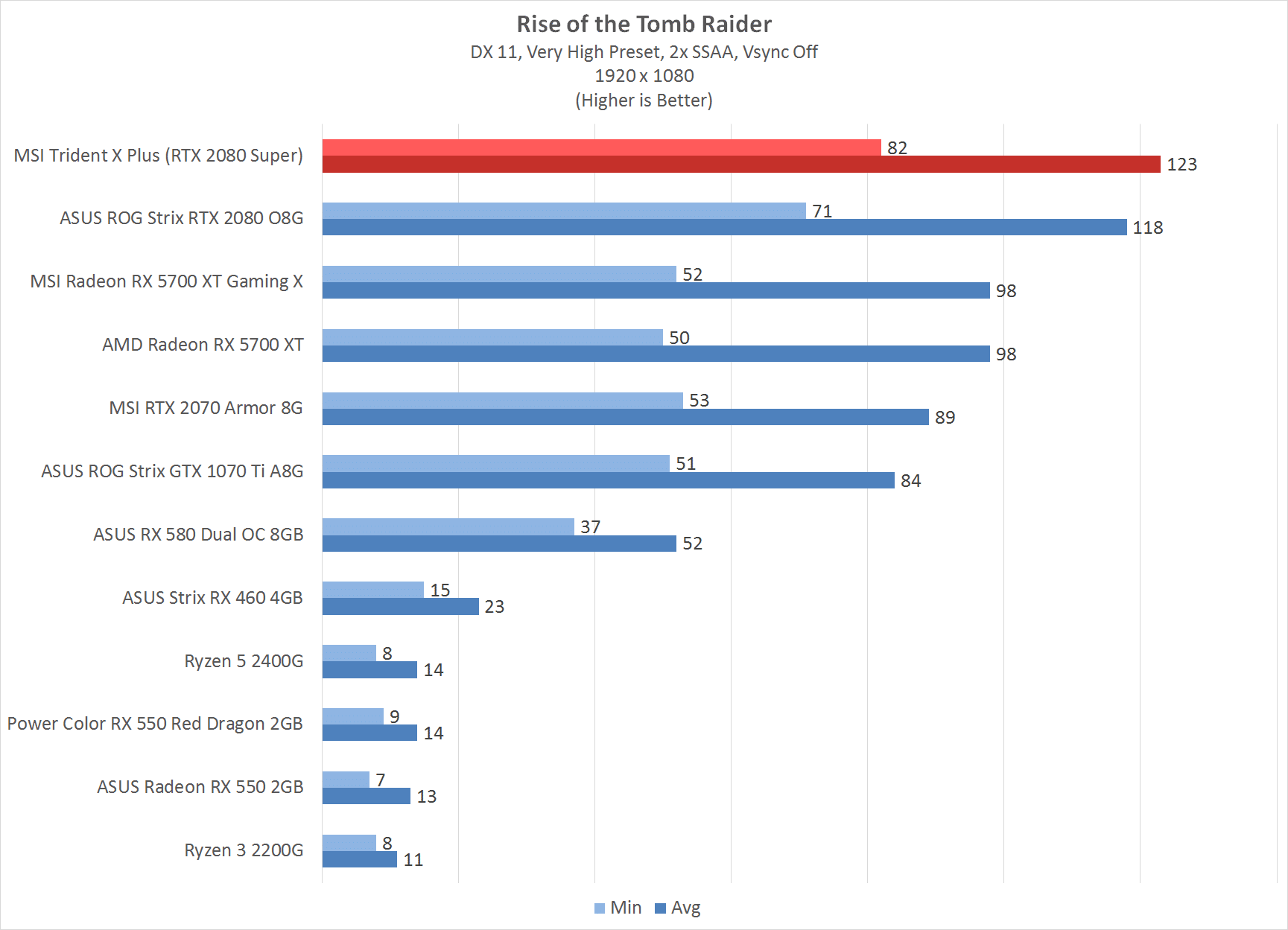
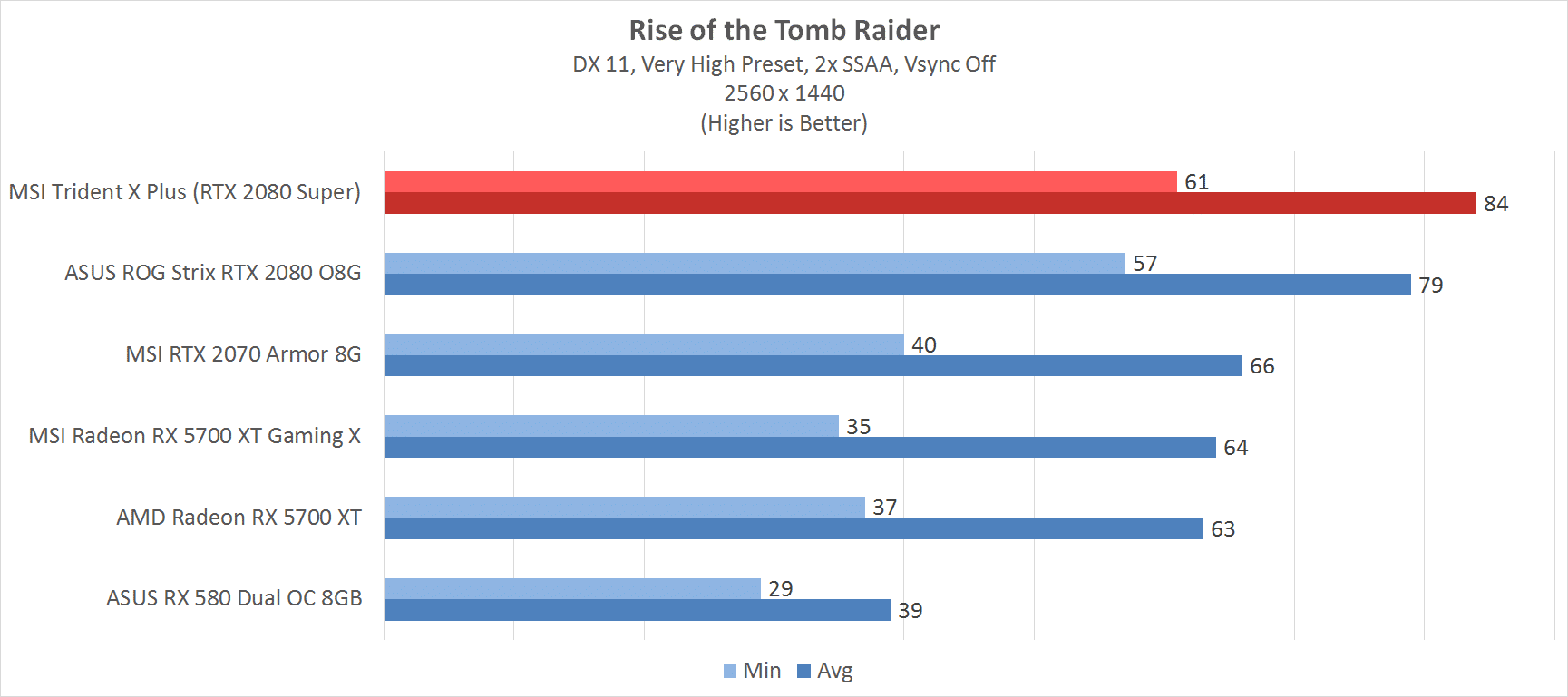
“A follow-up to the reboot of the series, Lara is now searching for a lost treasure that his father was investigating before his passing. Following the same gameplay as Tomb Raider reboot from 2013, the Rise of the Tomb Raider is a worthy title under the Tomb Raider series.”
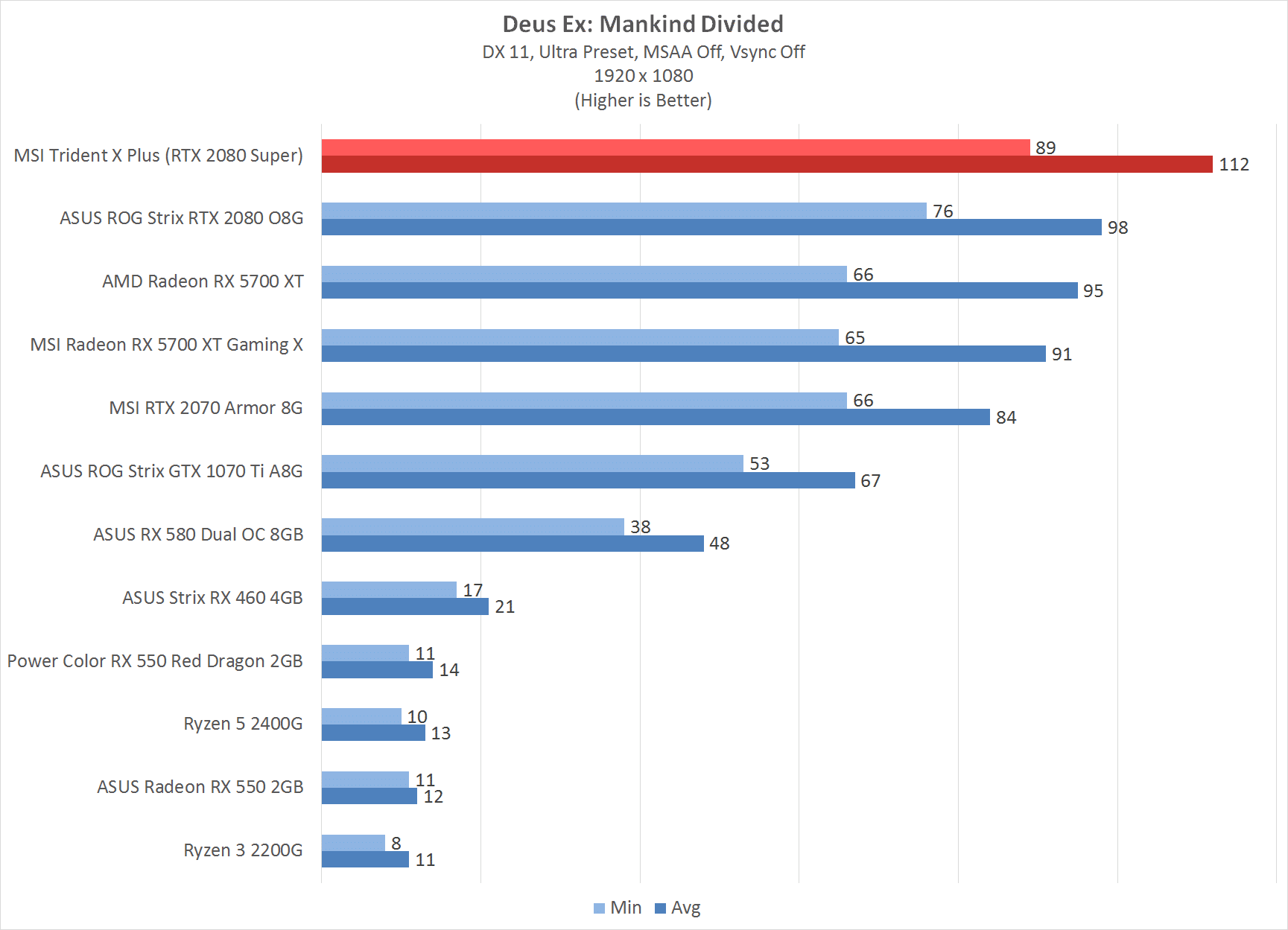
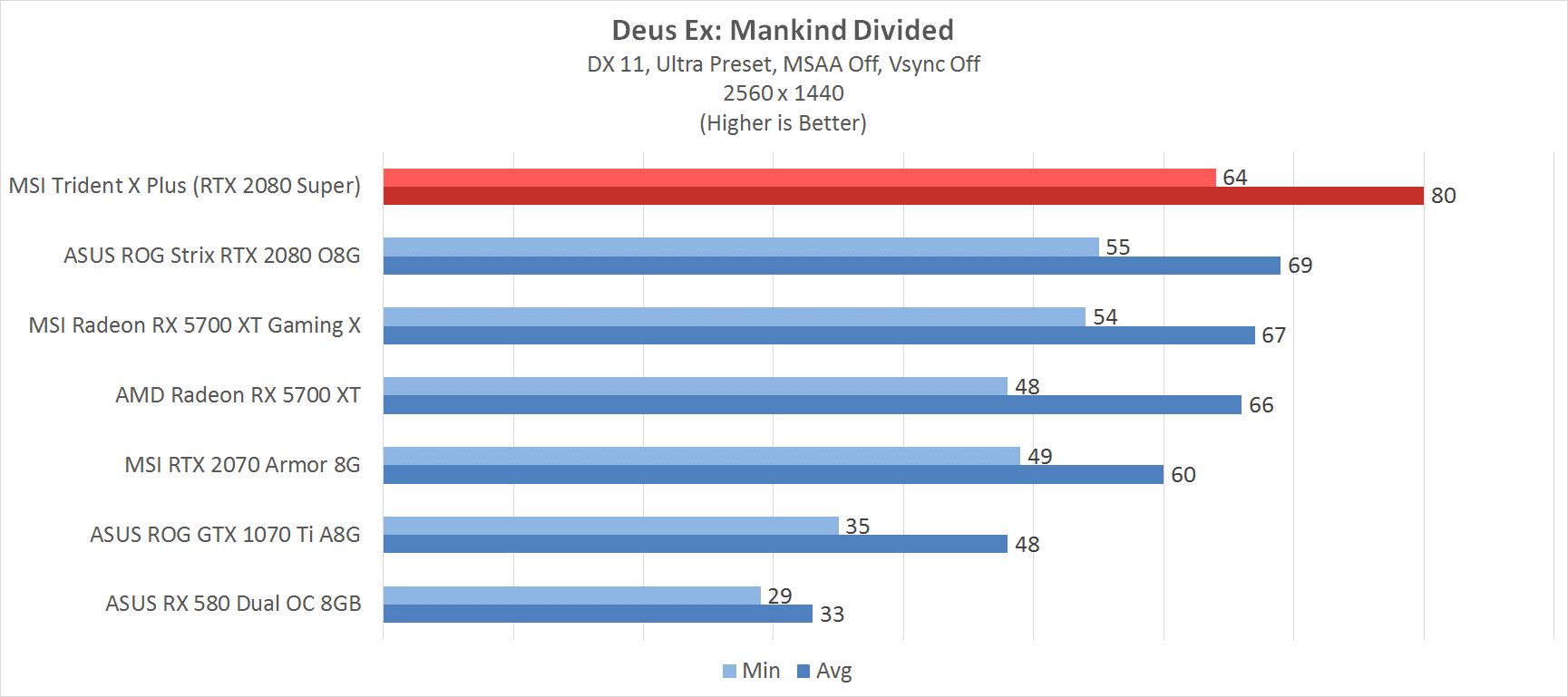
“Now an experienced covert operative, Adam Jensen is forced to operate in a world that has grown to despise his kind. Armed with a new arsenal of state-of-the-art weapons and augmentations, he must choose the right approach, along with who to trust, in order to unravel a vast worldwide conspiracy.”
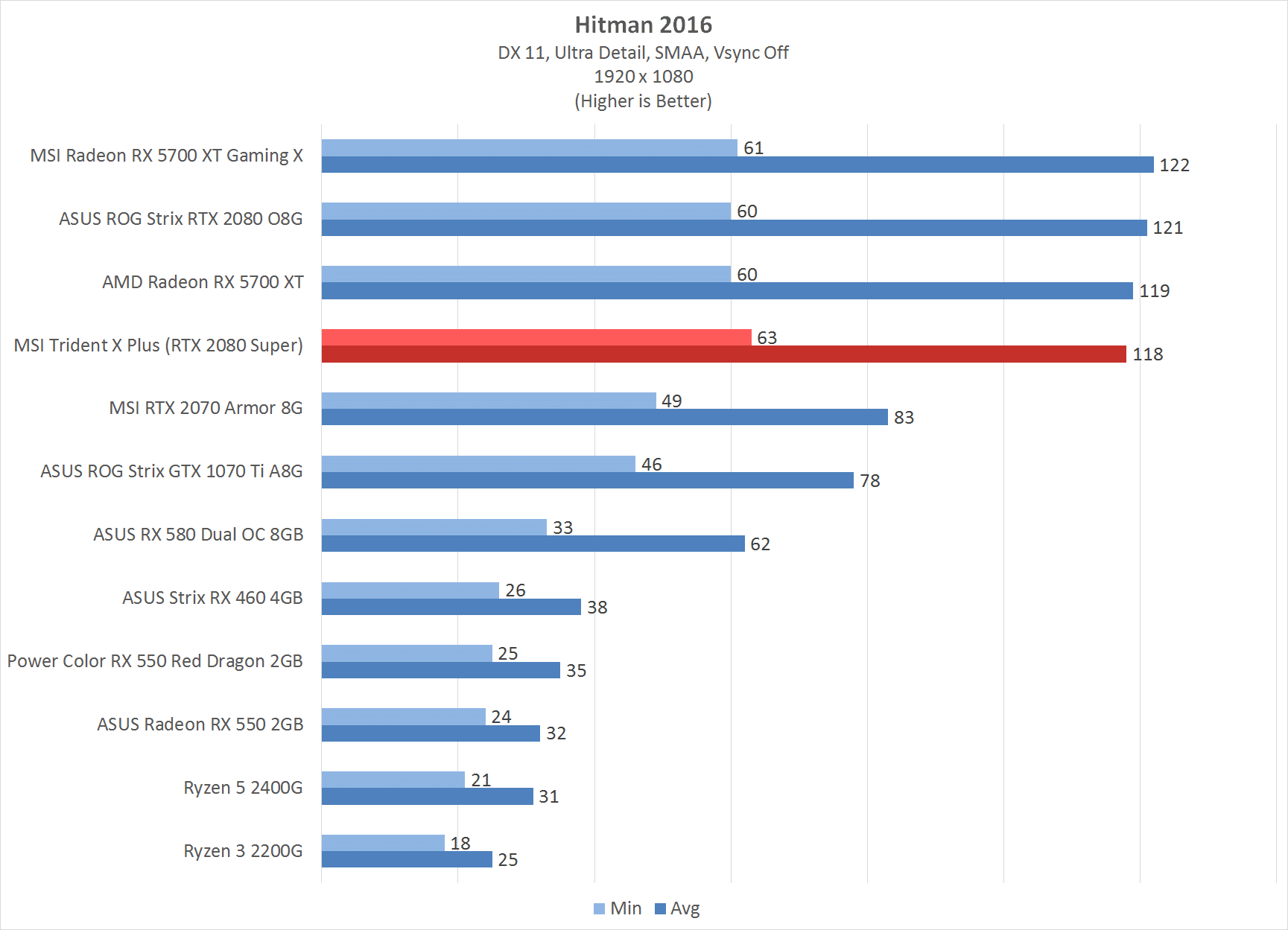

“There is a world beyond ours. Beyond nations, justice, ethics. It never sleeps. It exists everywhere. And once you enter… there is no going back. Welcome to the World of Assassination. You are Agent 47, the world’s ultimate assassin.”

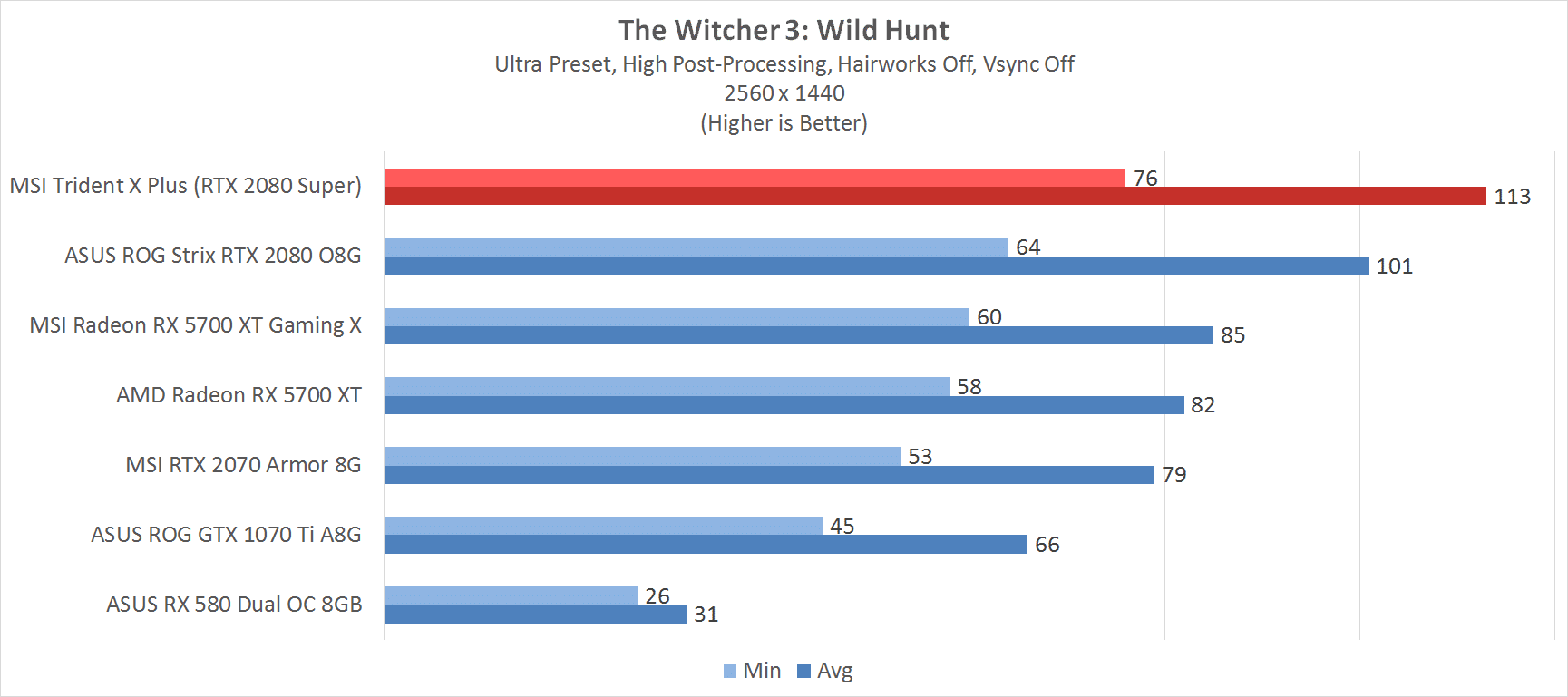
“The last entry in Geralt’s adventure, The Witcher 3: Wild Hunt aims to perfect The Witcher formula. A follow-up to The Witcher 2, which was also regarded for its technical marvel, The Witcher 3: Wild Hunt is a perfect candidate for a benchmarking tool as it runs consistently and stresses most cards with its beautiful graphics.”
The MSI Trident X Plus is able to top the charts in terms of gaming since it is packing high-end components in its diminutive chassis. In sheer CPU performance, however, Intel’s Core i7-9700K is lagging a bit compared to AMD’s Ryzen 3000 series GPU.

Though most small cases provide less-than-stellar thermal performance, the MSI Trident X Plus’ 10L case is able to cool down both the CPU and GPU considerably by optimal vent placement.
By placing the vents where the GPU and CPU are, MSI is able to optimize cooling for both components. The GPU stayed at a cool 74°C while on heavy load. While the CPU did get to a relatively toasty 86°C, it still within comfortable margins in terms of thermals.

MSI has pretty much hit a homerun with the Trident X Plus. There’s a lot of positives that come with the system. Its design and small size will allow it to fit all gaming set ups without looking out of place. Gaming performance is top-notch thanks to the pairing of the Intel Core i7-9700K and NVIDIA GeForce RTX 2080.
Thanks to smart vent placement, the MSI is able to keep the temperature for the CPU and GPU to a more tolerable levels compared to other solutions. Of course, addressable RGB lighting is always nice to have to synchronize your gaming rig.
There are, however, a few downsides. The MSI Trident X Plus comes with a bog-standard 16GB 2666MHz DDR4 RAM. Frankly, MSI could have used faster 3200MHz RAM modules to make CPU intensive tasks such as editing, compression, and rendering faster than it is now.

Storage may also lead to an issue in the future. The system comes with a 512GB M.2 NVMe SSD for the boot drive and a 1TB 2.5-inch secondary drive. It may not be apparent when new, but you may run out of storage when installing a ton of games since they are exponentially increasing storage requirements every few months.
Priced at PhP 159,995, the MSI Trident X Plus hits a sweet balance between price and performance. Arguably, you can still build your own rig at the same price, but MSI is offering you an all-in-one experience without the hassle of building it or worrying over the warranty of individual parts.

With a top-notch performance and a reasonable price point, we’re giving the MSI Trident X Plus our seal of approval. If you’re still thinking that pre-built gaming PCs are not worth the price, then the MSI Trident X Plus might just change your opinion.
